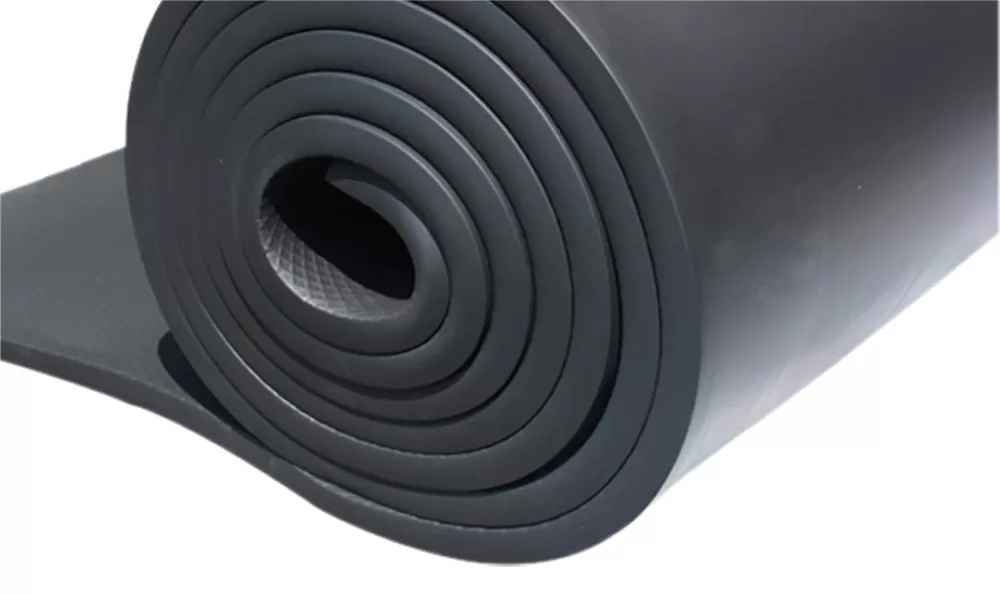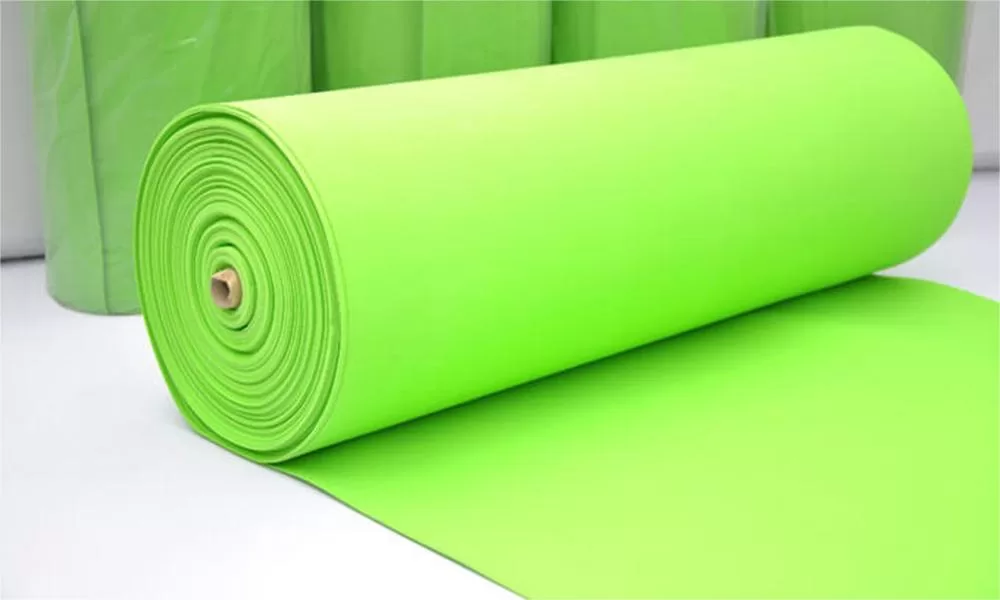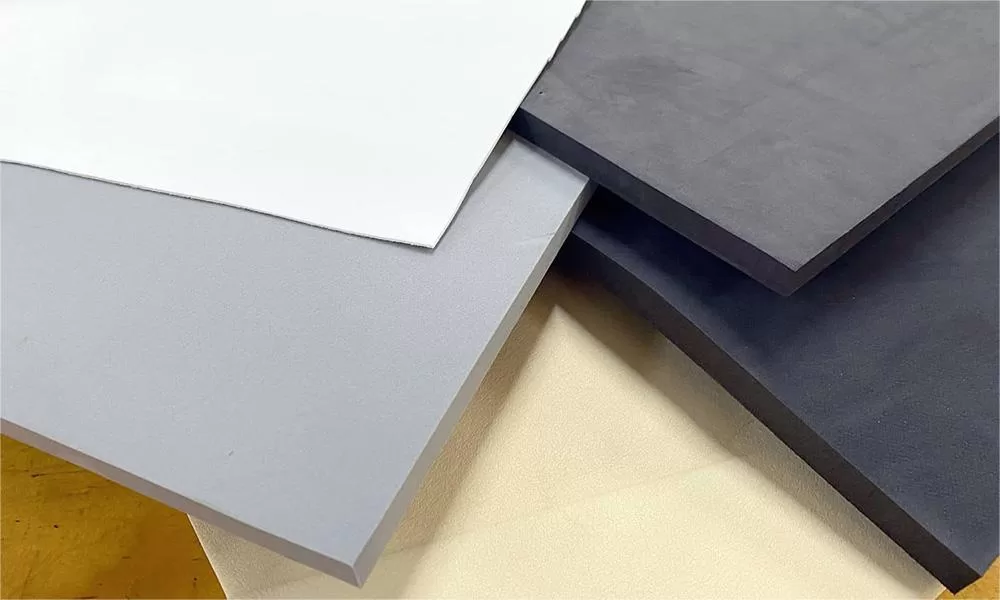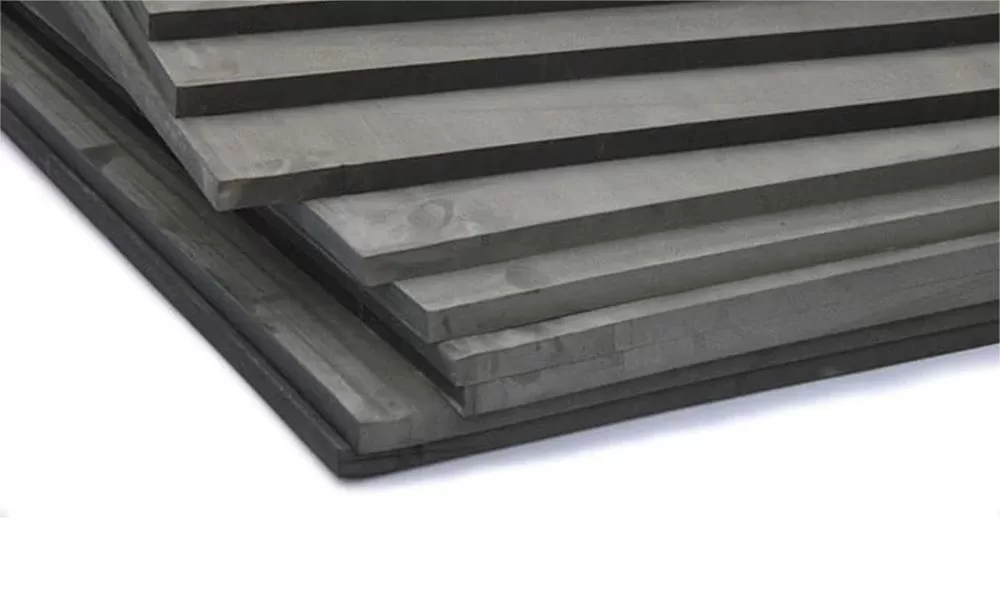Foreword
In the vast world of insulation materials, closed-cell polyurethane foam stands out as a top-tier choice for professionals and homeowners alike. Its unique cellular structure and properties make it a versatile and effective solution for a myriad of applications. This article delves deep into the intricacies of closed-cell polyurethane foam, shedding light on its benefits, uses, and why it’s a preferred choice in the industry.

Understanding the Basics of Closed-Cell Polyurethane Foam
Closed-cell polyurethane foam is characterized by its dense structure. Unlike open-cell polyurethane foam, individual foam cells in closed-cell foam are completely sealed off from each other. This results in a compact, rigid foam that not only boasts superior insulating properties but also offers a higher degree of water resistance, making it a preferred choice for many industrial applications.
The High R-Value: A Key Advantage
O R-value is a measure of a material’s resistance to heat flow. Closed-cell foam stands out with its high R-value per inch, offering exceptional thermal insulation. This high insulating capability means that structures using closed-cell foam can maintain indoor temperatures more effectively, leading to significant energy savings and reduced utility bills.
Moisture Resistance: Keeping Water at Bay
One of the standout features of closed-cell foam is its impermeability to water. Unlike other insulation materials that might absorb moisture over time, closed-cell foam remains unaffected. This resistance to moisture not only ensures the longevity of the insulation but also prevents potential mold growth, safeguarding the health of inhabitants.
Strength and Structural Integrity
Beyond its insulating capabilities, closed-cell foam contributes to the structural strength of the areas where it’s applied. Its inherent rigidity can enhance the stability of walls, roofs, and other structural elements, making it an invaluable material in construction and renovation projects.

Air Sealing: The Barrier Against Drafts
Drafts and air leaks can be a significant concern, especially in older structures. Closed-cell foam, with its dense structure, acts as an effective air barrier. Eliminating these drafts, not only ensures a comfortable indoor environment but also contributes to the overall energy efficiency of a building.
Versatility in Applications
The applications of closed-cell foam extend far beyond traditional insulation. From commercial buildings to marine buoyancy, its properties make it suitable for a diverse range of scenarios. Whether it’s used in roofing projects, crawl spaces, or even in flotation devices, its durability and performance remain consistent.
Environmental Impact and Sustainability
In today’s world, sustainability is paramount. Closed-cell polyurethane foam aligns with this ethos. Not only does its insulating property lead to reduced energy consumption, but many manufacturers also ensure that their production processes have minimal environmental impact. By choosing closed-cell foam, consumers and businesses are making a choice that benefits both their immediate surroundings and the larger environment.

Conclusão
Closed-cell polyurethane foam is a testament to the advancements in building and construction technology. Its myriad benefits, from high thermal resistance to moisture protection, make it a go-to choice for professionals. As the demand for energy-efficient and sustainable building solutions grows, the prominence of closed-cell foam in the industry is set to rise even further.

